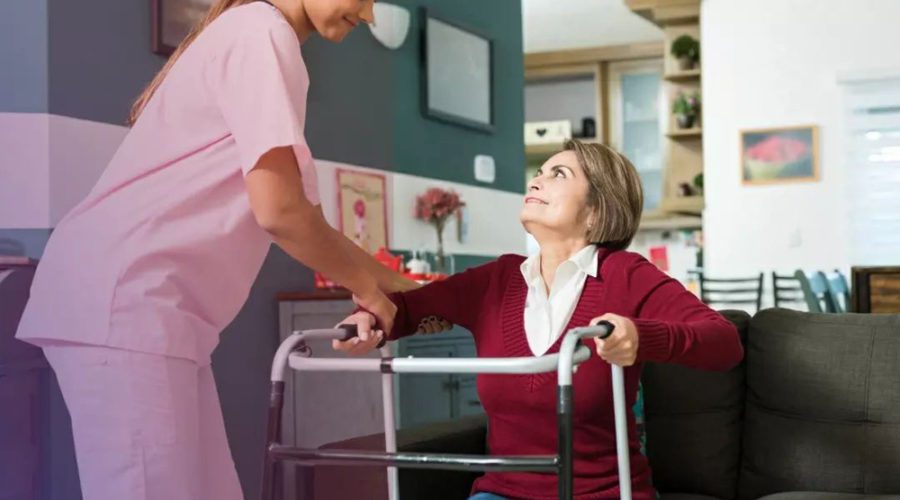Palliative Care, generally known as ‘supportive care,’ aims to provide high-quality, streamlined, and cost-effective care to all patients and loved ones facing life-threatening diseases. A study reported that nearly 56.8 million people worldwide require palliative care yearly, but only 14% receive adequate care and support.
With the COVID-19 pandemic, palliative care delivery was significantly affected by being limited due to resource shortages, the resident drop caused by isolation, and the risks of COVID-19 to the residents and the patients. COVID-19 had a significant impact on communities across the world and has fundamentally changed the way we think about healthcare delivery.
Now that we are approaching the phase of a new normal, we are witnessing the shift from the hospital and institutional care towards home and community-based care. The future of the healthcare system lies in adaptability, flexibility, and the commitment to come up with innovative modes of care delivery, primarily focusing on virtual care and support. And it starts with these practices:
Timely Access to Adequate and Proper Medications
During the pandemic, medication shortages posed major challenges to adequate pain and symptom management. Medication stockpiling in the acute care sector reportedly aggravated shortages, provided that several medications used to treat COVID are also frequently used in palliative care.
In ensuring that genuine palliative care is delivered at home, there is a need to develop specialized ‘palliative symptom management kits’ kept with a community healthcare provider or at the patient’s home. Practitioners and pharmacies cooperate to ensure appropriate and timely access to symptom management kits in-home by the visiting physician doing the home care service to assist the patient and avoid emergency hospital admission.
Identifying and mobilizing Palliative care-experienced healthcare providers
Throughout the pandemic, healthcare workers and palliative care specialists reported significant staffing shortages. Shortages transpired caused by a variety of factors, including restrictions placed on staff to limit the spread of the virus by securing they did not work across different sites, such as patient homes and long-term care homes.
In addressing this issue, healthcare providers should prepare all healthcare professionals with multidisciplinary palliative care competencies and adapt training modules about in-home nursing care and even physiotherapy at home services.
Strengthening and Streamlining Home Palliative Care in the New Normal
During the pandemic, patients with life-threatening illnesses avoided medical facilities, and care was primarily provided at home. Rapid discharges during the pandemic’s first wave highlighted the need for improved integration with home care, especially for elderly care in Dubai and other countries in UAE.
Streamlining Home Palliative Care could mean before transferring patients at home, they should be screened and tested for COVID-19 and ensure other families at home are in isolation. Allow more friends and family members of people with life-threatening illnesses to care for them, providing that they are healthy and capable. It would also give genuine support and care to the patients making them feel loved and well taken care of.
Many of these breakthroughs and innovations will have far-reaching outcomes that will shape the future of home palliative care. As we navigate into the future, it will be critical to continue looking for new and innovative ways to deliver palliative home care to improve people’s lives. To reach this goal, it is important to partner with the best healthcare group in providing home palliative care, reach us at Alleanza Group for more details.










